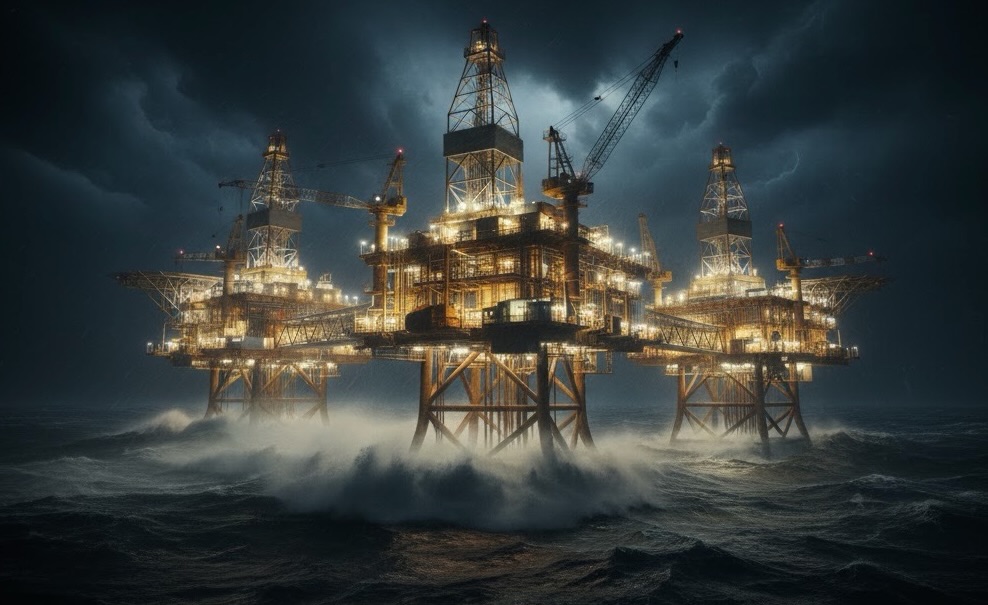

The North Sea has been a pivotal region for oil and gas extraction since the 1960s, marked by significant discoveries and developments that have shaped Europe's energy landscape. The exploration and exploitation of hydrocarbons in the North Sea began with the discovery of the Ekofisk field in 1969 by Phillips Petroleum Company. This discovery sparked a rush of exploration and subsequent development of numerous fields across the North Sea, primarily split between the UK Continental Shelf (UKCS), Norwegian Continental Shelf (NCS), and the Danish sector.
The major oil and gas fields in the North Sea include:
1. Norwegian Continental Shelf (NCS): Fields like Statfjord, Troll, and Oseberg are among the largest.
2. UK Continental Shelf (UKCS): Notable fields include Brent, Forties, and Clair.
3. Danish Sector: Fields such as Halfdan and Dan are significant contributors.
These fields have been operated by a range of international and national oil companies (NOCs), including Equinor (formerly Statoil), Shell, BP, TotalEnergies, and Chevron, among others. These companies have invested heavily in infrastructure, including platforms and pipelines, to extract and transport oil and gas from these fields.
Over the decades, the North Sea has produced billions of barrels of oil equivalent (BOE) in oil and gas. Production peaked in the late 1990s but has since declined as fields matured. Despite this decline, significant reserves remain recoverable through advanced technologies like enhanced oil recovery (EOR) and improved drilling techniques.
In terms of reserves, estimates suggest that there are still substantial resources left, though exact figures vary. The UKCS and NCS combined hold billions of BOE in remaining reserves, with ongoing exploration efforts continuing to discover new resources.
Much of the oil and gas extracted from the North Sea is exported globally, with Europe being a major market. Oil and gas from the North Sea also feeds into global energy markets, supporting various industries and economies worldwide.
Financially, the North Sea remains a significant economic contributor to the countries involved. Revenue generated from oil and gas production in the North Sea fluctuates with market prices but has historically amounted to tens of billions of dollars annually. This revenue supports national budgets, infrastructure development, and economic stability across the UK, Norway, and Denmark, making the North Sea a critical energy basin with far-reaching geopolitical and economic implications.
Field Acronyms
EUR_MMBOE = Estimated ultimate recovery in million barrels of oil equivalent
Giant oil and gas fields = those with 500 million barrels (79,000,000 m3) of ultimately recoverable oil or gas equivalent.
Super giant oil field = holds equivalent of 5.5bn barrels of oil reserves.
Data Source: Dr. M. K. (Mike) Horn/AAPG Datapages compilation
Copyright CCCarto 2024